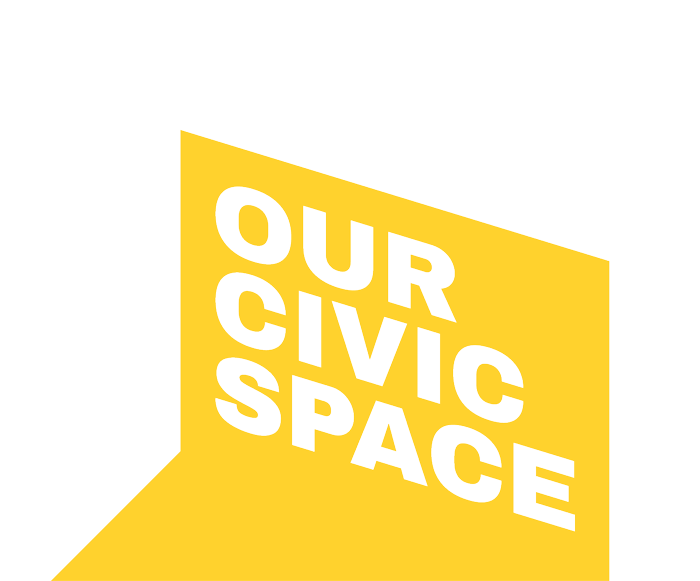A nationwide proposal for “Spaces and Participation for all” in Romania
“Making use of civic space also entails a youth NGO’s duty of collecting young people’s messages and delivering them to politicians and public authorities.” – Yolanda Florescu (FITT)
Back in November 2016, just before the Parliamentary elections, the Romanian youth NGOs assembled in Timisoara for the first edition of the Romanian Youth Capital. The whole programme of Romanian Youth Capital has been about youth participation and, nowadays, is at its 5th edition (the current National Youth Capital is the city of Constanta). In line with its essential purpose of youth participation, the youth NGOs signed the Romanian Youth Resolution 2016-2020. That document emphasised key expectations of young people and young NGOs from the new politicians. Even though almost all the political parties signed an agreement to fulfil the objectives set by the NGOs, not many significant changes were made.
Therefore, the youth NGOs, even more this time, decided in November 2020 (before the Parliamentary elections once again), to come together again and develop an even more specific and accurate resolution – The Romanian Youth Resolution 2020-2027. This document was divided into 11 chapters, tailored on the EU Youth Goals and each chapter was coordinated by NGOs with great expertise in that specific field. The almost 200 pages long document indicated the general and specific objectives, directions and measures desired to be implemented at the national level in order to further develop the entire youth sector in Romania in the next 7 years.
As an evolution compared to the previous Romanian Youth Resolution, the political parties listened to the voices of the NGOs and almost 30% of the National Government Programme on Youth for 2020-2024 has been made according to the objectives of the Youth Resolution 2020-2027.
The main objectives proposed in the Youth Resolution 2020-2027 referred to creating and developing youth spaces accessible to all young people in Romania and increasing the degree of participation of young people in society. These are the the main target objectives of the resolution:
- Establishment of youth centres (physical spaces specially for young people) at community level, sized according to the community they serve, as well as existing youth spaces development support;
- Establishment of mobile youth centres for rural areas difficult to access and or rural areas with a small young population;
- Development and strengthening of the National Network of Youth Centres
- Reorganisation of youth tourism infrastructure and the Youth Tourism Office, to offer opportunities for recreation and spending leisure time as well;
- Revitalisation of student cultural infrastructure administrated by the central youth public authority (the Ministry of Youth);
- Spaces for young people to be served by professionals (youth workers);
- Establishment, in each community, of a local advisory council on youth affairs formed of representatives youth NGOs and of youth informal groups, active in that community; Support of youth participation in the already established local and national advisory councils on youth affairs;
- Increasing the quality of local youth activities;
- Definition and support of informal youth groups;
- Encouraging young people to participate in electoral processes and to get involved in political life;
- Supporting and encouraging volunteering;
- Permanent and consistent support for youth NGOs by local and national public authorities.
Even though the national authorities recognised the challenges indicated by the youth NGOs and accepted, partially, the solutions, still the NGOs are monitoring the process, due to the fact that in Romania, with regard to the youth sector, many plans have been put on paper, but too few have been also implemented. Let’s see what the future brings…
Written by FITT
